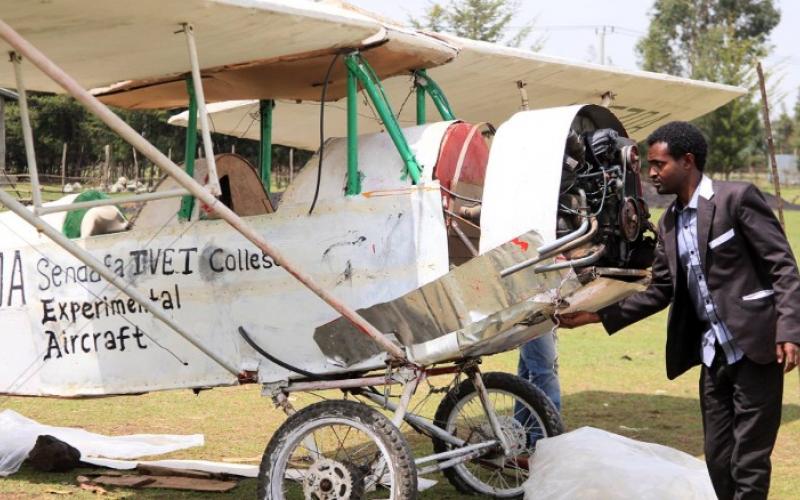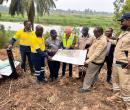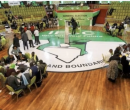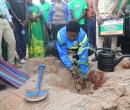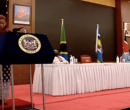Man who's never flown before builds plane from scratch... But will it fly?
(CNN) - On June 15 2015, Asmelash Zeferu sat at the end of a runway, over a decade of work malfunctioning around him. The Ethiopian amateur pilot was as shattered as his propeller.
There had been doubters, those who had called him "mad." Many had turned up at the airfield, 40 kilometers north of Addis Ababa, to watch him take off. He had been ready to prove them wrong.
But it wasn't to be. The propeller, hand-crafted from laminated wood, had broken.
The cause? High amounts of friction, taking with it the smoke exit system too. It was time to return to the drawing board and now, following months of repairs and remodeling, Zeferu is ready to line up on the runway once more.
Refusing to take no for an answer

Zeferu, 35, says that ever since childhood he'd wanted to become a pilot. He was on the right track, but when the time came, Zeferu was denied for the most arbitrary of reasons.
Leaving Alemaya University with a Bachelor's degree in Public Health, he tried to enroll at the Dire Dawa branch of the Ethiopian Airlines Aviation Academy.
"I couldn't fulfill the air school height requirements," he explains. Zeferu was a centimeter too short.
Despite this setback, Zeferu was unperturbed.
"I decided to build my own aircraft if I couldn't be a pilot," he reasons, "then I'd be able to fly high in the sky."
YouTube tutorials and flying Beetles

The first stage of his labor of love lasted 10 years. Aviation manuals and YouTube tutorials were his guiding stars; every aspect of aircraft manufacture gradually imbibed in painstaking detail.
When the time came, Zeferu opted to model his plane on one used by trainee pilots in the U.S. in the 1920s and 1930s.
Some items were salvaged, others bought second hand from the Merkato market in Addis Ababa. The 8.5 meter wing was crafted from timber imported from Australia, with each wooden panel hand-sculpted. But there was one element of the plane Zeferu could not imitate.
The design called for a Ford engine, but the amateur engineer "couldn't get [it] cheap in Ethiopia," settling instead for a four cylinder, 40 horsepower model stripped from a Volkswagen Beetle. The cost? 8,000 Ethiopian Birr, around $380.
Total expenditure rose to $7,600, but after a year and seven months Zeferu had finished. Not bad for someone who had "never stepped onto an airplane," never mind worked within the aviation industry.
A second bite of the cherry
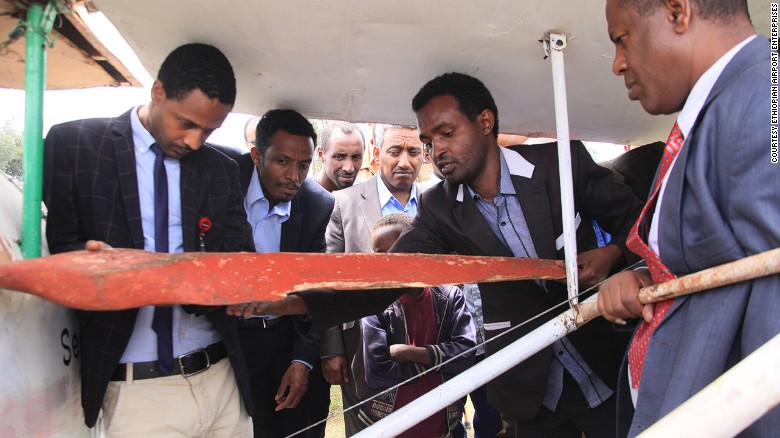
June's disappointments are now behind him and Zeferu is ready to complete the task at hand.
In doing so he would take a seat among a pioneering group of amateur enthusiasts from the continent. Not all have been successful: Kenyan Gabriel Nderitu has attempted to take off 13 times, but like his dream, his plane has so far failed to fly. Nigerian student Mubarak Muhammed Abdullahi created his own helicopter in 2007 with parts stripped from, amongst other things, a Boeing 747. Abdullahi had more luck, and after lifting 2.1 meters off the ground went on to gain a TED Global Fellowship and an aircraft maintenance scholarship in the UK.
Zeferu has made some modifications after receiving advice from fellow flight enthusiast Rene Bubberman, chairman of the NVAV, the Dutch Experimental Aircraft Association.
"We gave him some well-meant advice about his prop and especially about test flying," says Bubberman. "[His project] deserves a lot of respect... [it] truly breathes the spirit of the early airplane pioneers and his enthusiasm is contagious."
Later this year, Zeferu will return to the same air field and rev his Beetle engine once more. Taking off at 90 mph, the dizzying height he will aim for is 10 meters -- not unreasonable considering he has "no parachute or anything to protect me."
Zeferu demurs about the achievement of getting off the ground -- he has other concerns. "To fly an aircraft is not a big deal," he explains. "The greatest danger will be in landing."
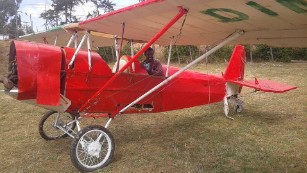 That will involve slowing the plane down from its cruising speed of 70 mph to 45 mph, then hoping the wheelbase -- taken from a Suzuki motorcycle -- holds out.
That will involve slowing the plane down from its cruising speed of 70 mph to 45 mph, then hoping the wheelbase -- taken from a Suzuki motorcycle -- holds out.Asked how he has been able to train for this, Zeferu says YouTube flight simulators have been key.
If he does land safely, Zeferu will have overcome the most persistent obstacle in his quest for flight. Despite support from his family, he argues that "the biggest challenge in building my aircraft was the people around me... people calling me mad. People were asking 'How can you build an aircraft in Ethiopia? In Africa?'"
He's emphatic about his chances this time around: "I am very sure that I will fly."
'We have lift off...'
Touching the skies in his homemade airplane is only the first step for Zeferu. He hopes a flight school will accept him in the near future so he can train as a commercial pilot. However the long-term goal is to boldly go further still.
"My dream is to become an aerospace engineer at NASA," he admits. "And I will be."





 28 October 2015 |
28 October 2015 | 
